遗产数据库
伊朗舒什塔尔的古代水利系统
摘要: 舒什塔尔的古代水利系统位于伊朗西部的胡齐斯坦省,是一个天才之杰作,历史可追溯到大流士大帝所在的公元前五世纪。它是一个多功能、大规模的水利工程,建于公元3世纪,可能是在公元前5世纪的老基地上重新建立的。舒什塔尔的古代水利
舒什塔尔的古代水利系统
Shushtar Historical Hydraulic System
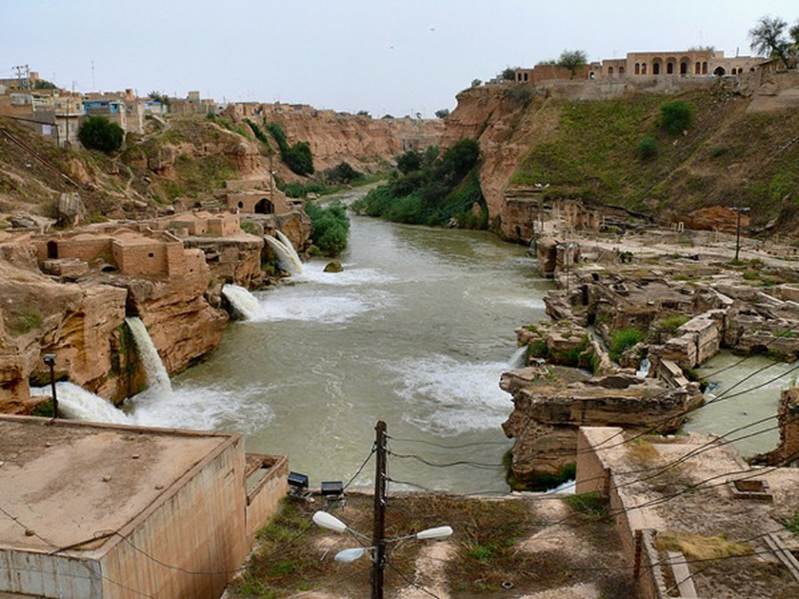
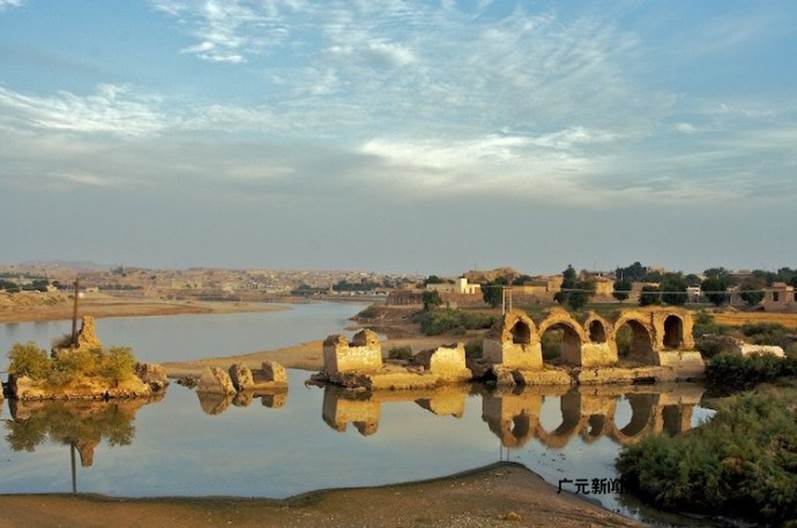
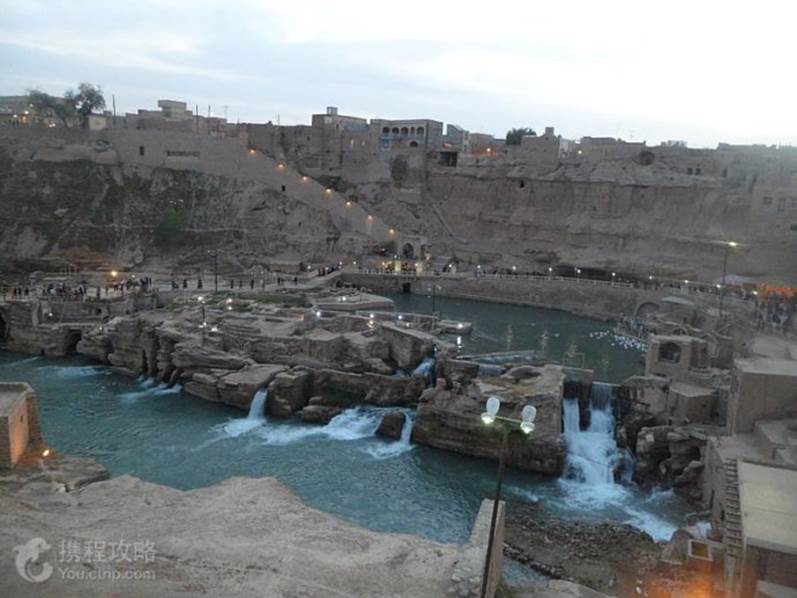
入选时间:2009年
遴选依据:文化遗产(i)(ii)(v)
地理位置:N32 01 07 E48 50 09
遗产编号:1315
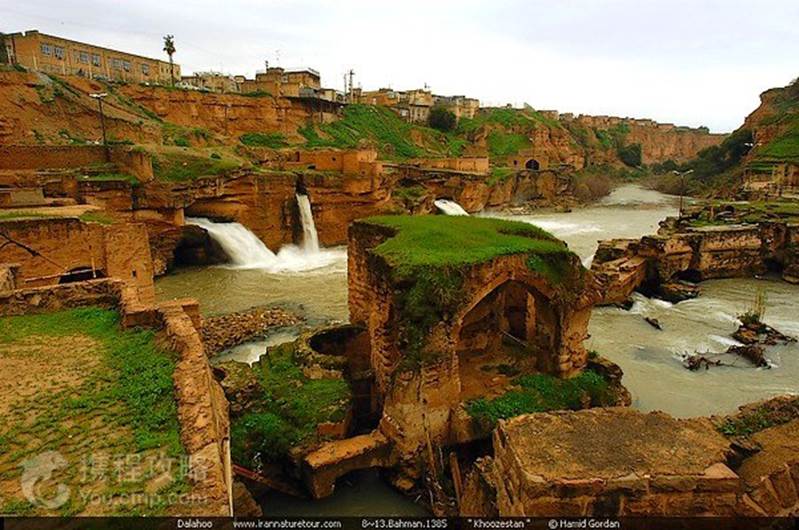
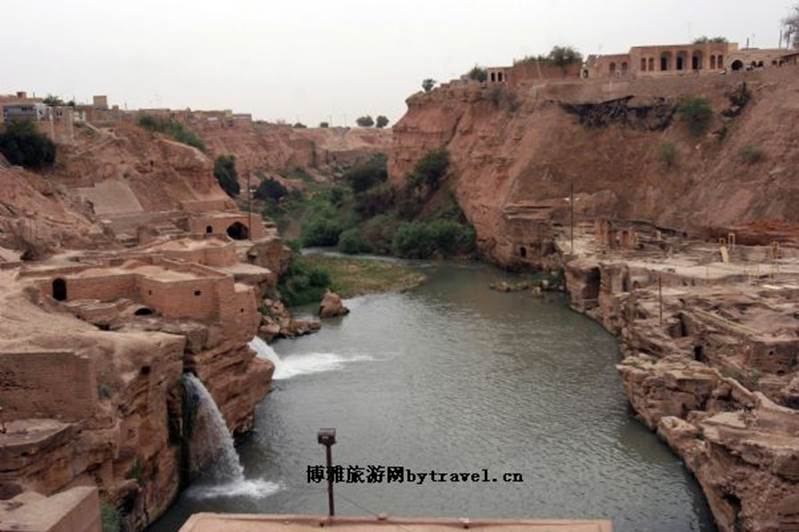
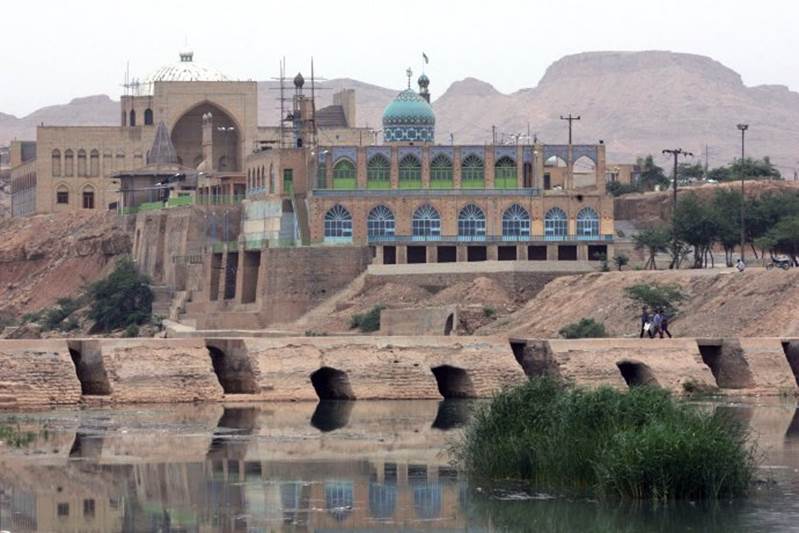
简介:
舒什塔尔的古代水利系统位于伊朗西部的胡齐斯坦省,是一个天才之杰作,历史可追溯到大流士大帝所在的公元前五世纪。它是一个多功能、大规模的水利工程,建于公元3世纪,可能是在公元前5世纪的老基地上重新建立的。舒什塔尔的古代水利系统在土木工程结构以及多样性用途(城市供水、磨坊、灌溉、内河运输、防御系统)方面出类拔萃,是早期依拉密特人与美索不达米亚人专有技术的结合。
该系统包括克鲁恩河上的两条主引水渠,其中一条名为伽格大运河目前仍在使用,通过一系列向磨坊供水的地道向舒什塔尔市供水。该系统通过一个高耸的崖壁使 水流倾盆而下进入下流盆地,随后进入位于该市南部的平原,那里有着超过4万公顷的果园和农场,被称为Mianab(天堂之地)。该遗产包括许多名胜,如整个水利系统的运作中心、水平面测量塔、大坝、桥梁、盆地和磨坊。
舒什塔尔的古代水利系统,建于萨珊王朝时期(公元二二四至六五一年),其中又以萨珊国王夏普尔一世(SHAPUR,公元二四一至二七二年在位)建树最多。舒什塔尔的古代水利系统中有一座长达五百五十米的水坝,现称为凯撒(CAESAR)桥,为罗马战俘所修建。十九世纪时,因水坝已不堪使用,导致当地农业衰退,重要性也不可同日而语。直到一九七三年,巴勒维王朝开始实施一连串振兴当地经济的计划,在克鲁恩河的另一侧兴建一座卫星城市,提供该地从事制糖业及加工制造的雇员住所,还包含了商店、清真寺、学校、车站,以及休闲设施等,一应俱全,犹如一座新城镇,人们称之为舒什塔尔新城。
舒什塔尔古代水利系统设计精妙,不仅能满足当地居民的用水需要,还能灌溉农田,防旱防涝。运河的修建也疏通了全国几条重要的河流。该遗址见证了依拉密特人和美索不达米亚人的聪明才智以及近期的纳巴泰专家和罗马建筑的影响。
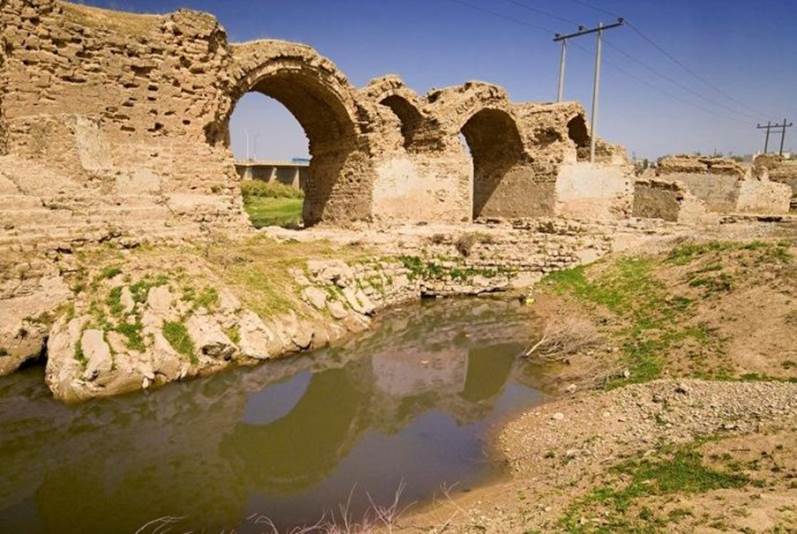
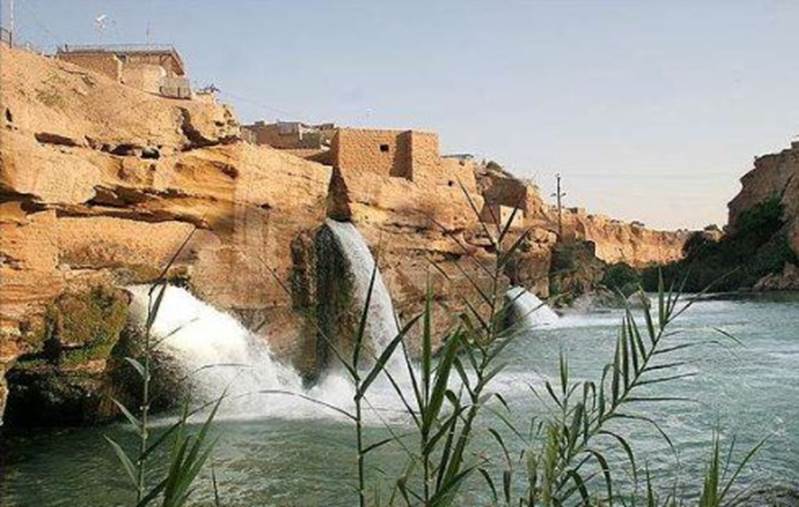

世界遗产委员会评价:
Shushtar, Historical Hydraulic System, inscribed as a masterpiece of creative genius, can be traced back to Darius the Great in the 5th century B.C. It involved the creation of two main diversion canals on the river Karun one of which, Gargar canal, is still in use providing water to the city of Shushtar via a series of tunnels that supply water to mills. It forms a spectacular cliff from which water cascades into a downstream basin. It then enters the plain situated south of the city where it has enabled the planting of orchards and farming over an area of 40,000 ha. known as Mianab (Paradise). The property has an ensemble of remarkable sites including the Salasel Castel, the operation centre of the entire hydraulic system, the tower where the water level is measured, damns, bridges, basins and mills. It bears witness to the know-how of the Elamites and Mesopotamians as well as more recent Nabatean expertise and Roman building influence.
Le système hydraulique historique de Shushtar a été inscrit en tant que chef d’œuvre du génie créateur humain. Il aurait été entrepris dès Darius le Grand, au Vème siècle av. J.-C. Il s’agit de deux grands canaux de dérivation des eaux de la rivière Karun. L’un d’entre eux, le canal Gargar, fournit encore de l’eau à la ville de Shustar par une série de tunnels et fait fonctionner tout un ensemble de moulins. Après une falaise spectaculaire, l’eau tombe en cascades dans le bassin aval, avant d’entrer dans la plaine au sud de la ville, où elle a permis le développement de vergers et de terres agricoles sur une surface de 40 000 ha. dénommée Mianaab (Le paradis). Le bien comprend des lieux remarquables, dont le chateau Salasel, centre de contrôle de tout le système hydraulique, la tour Kolah-Farangi qui mesure le niveau de l’eau, des barrages, ponts, bassins et moulins. Il témoigne du savoir-faire des Elamites et Mésopotamiens, ainsi que de l’expertise plus récente des Nabatéens et de l’influence du génie civil romain.
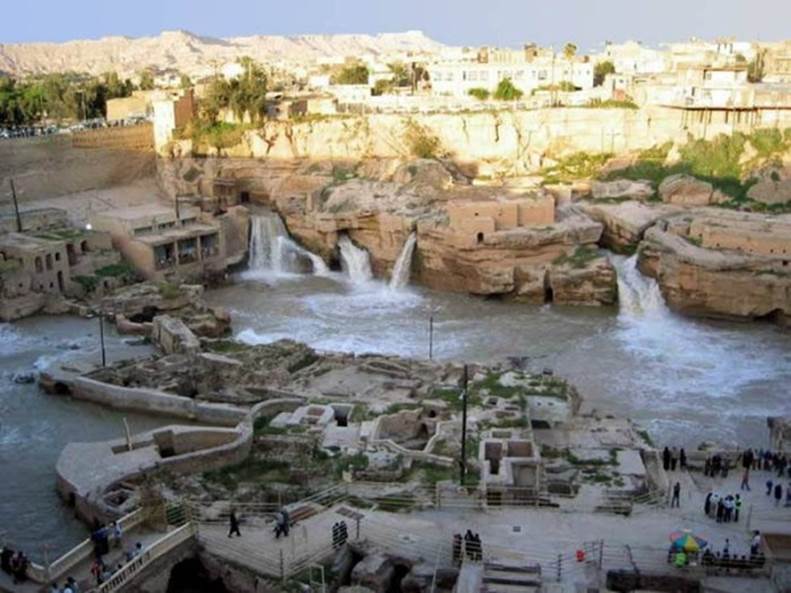
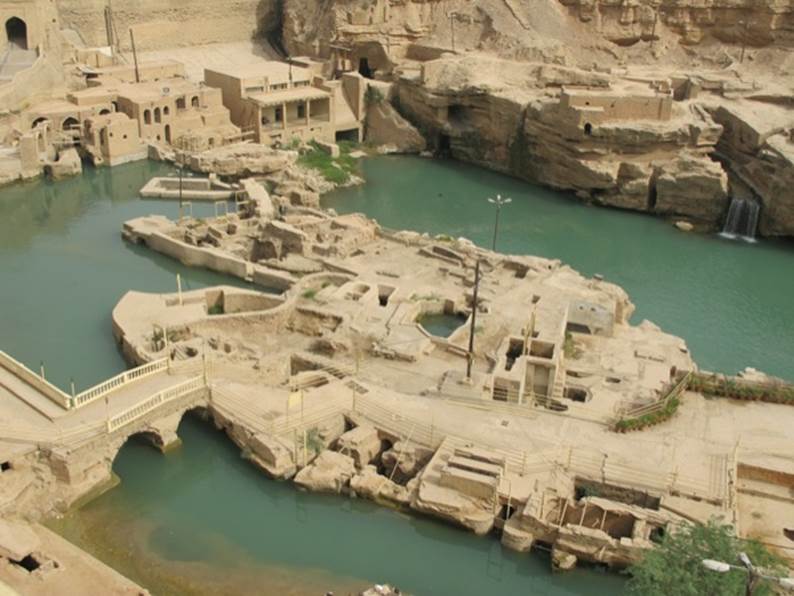
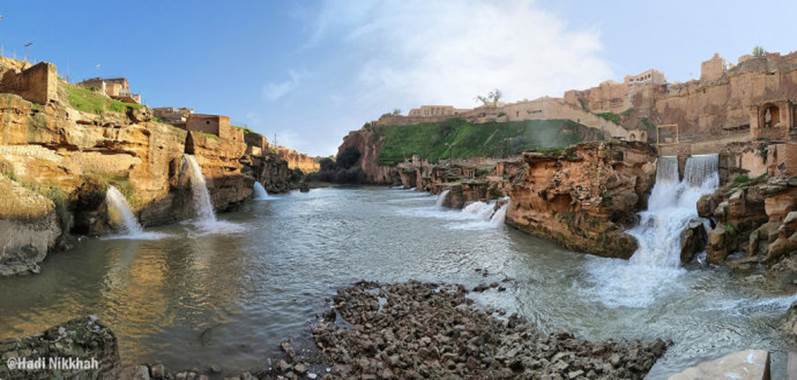
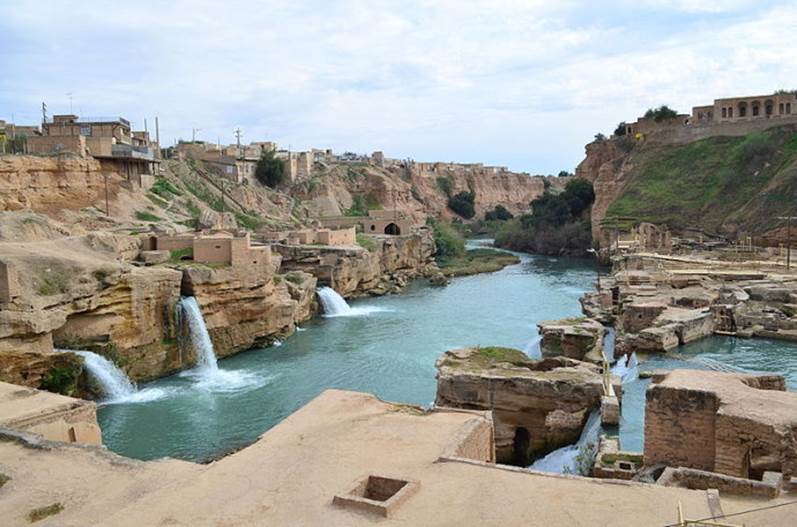
Shushtar Historical Hydraulic System



入选时间:2009年
遴选依据:文化遗产(i)(ii)(v)
地理位置:N32 01 07 E48 50 09
遗产编号:1315



简介:
舒什塔尔的古代水利系统位于伊朗西部的胡齐斯坦省,是一个天才之杰作,历史可追溯到大流士大帝所在的公元前五世纪。它是一个多功能、大规模的水利工程,建于公元3世纪,可能是在公元前5世纪的老基地上重新建立的。舒什塔尔的古代水利系统在土木工程结构以及多样性用途(城市供水、磨坊、灌溉、内河运输、防御系统)方面出类拔萃,是早期依拉密特人与美索不达米亚人专有技术的结合。
该系统包括克鲁恩河上的两条主引水渠,其中一条名为伽格大运河目前仍在使用,通过一系列向磨坊供水的地道向舒什塔尔市供水。该系统通过一个高耸的崖壁使 水流倾盆而下进入下流盆地,随后进入位于该市南部的平原,那里有着超过4万公顷的果园和农场,被称为Mianab(天堂之地)。该遗产包括许多名胜,如整个水利系统的运作中心、水平面测量塔、大坝、桥梁、盆地和磨坊。
舒什塔尔的古代水利系统,建于萨珊王朝时期(公元二二四至六五一年),其中又以萨珊国王夏普尔一世(SHAPUR,公元二四一至二七二年在位)建树最多。舒什塔尔的古代水利系统中有一座长达五百五十米的水坝,现称为凯撒(CAESAR)桥,为罗马战俘所修建。十九世纪时,因水坝已不堪使用,导致当地农业衰退,重要性也不可同日而语。直到一九七三年,巴勒维王朝开始实施一连串振兴当地经济的计划,在克鲁恩河的另一侧兴建一座卫星城市,提供该地从事制糖业及加工制造的雇员住所,还包含了商店、清真寺、学校、车站,以及休闲设施等,一应俱全,犹如一座新城镇,人们称之为舒什塔尔新城。
舒什塔尔古代水利系统设计精妙,不仅能满足当地居民的用水需要,还能灌溉农田,防旱防涝。运河的修建也疏通了全国几条重要的河流。该遗址见证了依拉密特人和美索不达米亚人的聪明才智以及近期的纳巴泰专家和罗马建筑的影响。



世界遗产委员会评价:
Shushtar, Historical Hydraulic System, inscribed as a masterpiece of creative genius, can be traced back to Darius the Great in the 5th century B.C. It involved the creation of two main diversion canals on the river Karun one of which, Gargar canal, is still in use providing water to the city of Shushtar via a series of tunnels that supply water to mills. It forms a spectacular cliff from which water cascades into a downstream basin. It then enters the plain situated south of the city where it has enabled the planting of orchards and farming over an area of 40,000 ha. known as Mianab (Paradise). The property has an ensemble of remarkable sites including the Salasel Castel, the operation centre of the entire hydraulic system, the tower where the water level is measured, damns, bridges, basins and mills. It bears witness to the know-how of the Elamites and Mesopotamians as well as more recent Nabatean expertise and Roman building influence.
Le système hydraulique historique de Shushtar a été inscrit en tant que chef d’œuvre du génie créateur humain. Il aurait été entrepris dès Darius le Grand, au Vème siècle av. J.-C. Il s’agit de deux grands canaux de dérivation des eaux de la rivière Karun. L’un d’entre eux, le canal Gargar, fournit encore de l’eau à la ville de Shustar par une série de tunnels et fait fonctionner tout un ensemble de moulins. Après une falaise spectaculaire, l’eau tombe en cascades dans le bassin aval, avant d’entrer dans la plaine au sud de la ville, où elle a permis le développement de vergers et de terres agricoles sur une surface de 40 000 ha. dénommée Mianaab (Le paradis). Le bien comprend des lieux remarquables, dont le chateau Salasel, centre de contrôle de tout le système hydraulique, la tour Kolah-Farangi qui mesure le niveau de l’eau, des barrages, ponts, bassins et moulins. Il témoigne du savoir-faire des Elamites et Mésopotamiens, ainsi que de l’expertise plus récente des Nabatéens et de l’influence du génie civil romain.




